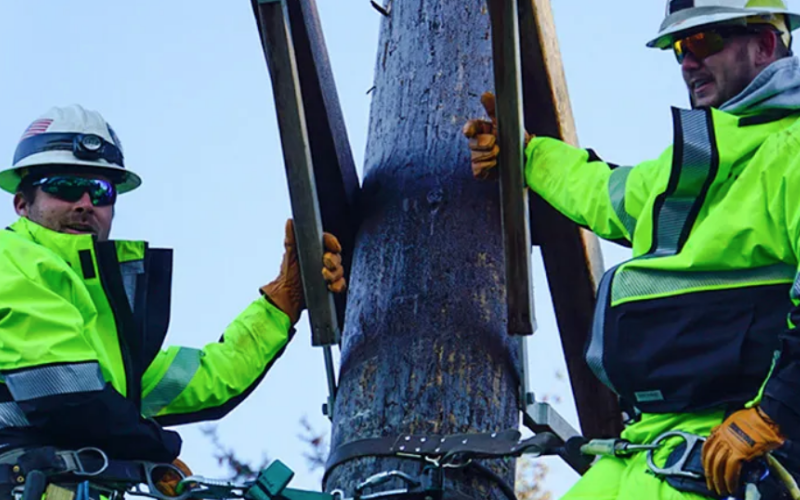Arc flash incidents can pose significant risks to workers in industrial settings where electrical hazards are prevalent. To mitigate these risks, arc flash clothing plays a crucial role in providing protection against the thermal energy released during such events. However, ensuring the effectiveness of arc flash clothing requires more than just selecting the right garments—it also involves proper maintenance and care. In this blog, we’ll explore essential tips for maintaining arc clothing to prolong its lifespan and effectiveness.
- Regular Inspections
Regular inspections are essential to identify any signs of wear, damage, or degradation in arc flash clothing. Inspect garments before each use for fraying seams, tears, holes, or other visible damage that could compromise their integrity. Pay close attention to high-stress areas such as cuffs, pockets, and seams, as these are more prone to wear and tear.
- Follow Manufacturer’s Guidelines
Always follow the manufacturer’s guidelines for washing, drying, and caring for arc flash clothing. Each garment may have specific care instructions based on the materials used and construction methods employed. Avoid using harsh chemicals, bleach, or fabric softeners, as these can degrade flame-resistant properties and compromise garment integrity.
- Proper Cleaning
Regular cleaning is essential to remove dirt, contaminants, and residues that can accumulate on arc flash clothing over time. Use mild detergent and lukewarm water to hand wash or machine wash garments, following the manufacturer’s recommendations. Avoid excessive agitation or high-temperature wash cycles, as these can damage the fabric and reduce flame-resistant properties.
- Drying Methods
After washing, air-drying is the preferred method for drying arc flash clothing. Hang garments on a clothesline or drying rack away from direct sunlight and heat sources to prevent damage to the fabric. Avoid using tumble dryers or high-temperature drying methods, as these can shrink or damage the fabric and compromise flame-resistant properties.
- Repair Damages Promptly
Address any damages or defects in arc flash clothing promptly to prevent further deterioration and maintain effectiveness. Repair minor tears, holes, or loose seams using flame-resistant thread and stitching techniques recommended by the manufacturer. For more significant damages, consult with a qualified professional or contact the manufacturer for repair or replacement options.
- Store Properly
Proper storage is crucial for preserving the integrity of arc flash clothing when not in use. Store garments in a clean, dry, and well-ventilated area away from direct sunlight, moisture, and heat sources. Avoid folding or compressing garments excessively, as this can lead to creasing and distortion of fabric fibres.
- Conduct Routine Testing
Regular testing and evaluation of arc flash clothing are essential to ensure continued compliance with safety standards and regulations. Consider conducting arc flash testing and inspections periodically to assess the effectiveness of garments and identify any potential issues or deficiencies that may require attention.
Proper maintenance and care are essential for prolonging the lifespan and effectiveness of arc flash clothing, ensuring optimal protection for workers in hazardous environments. By following these tips and guidelines for inspecting, cleaning, repairing, and storing arc flash clothing, employers can mitigate risks associated with arc flash incidents and prioritise the safety and well-being of their workforce. Remember that investing in the maintenance of arc flash clothing is an investment in worker safety and overall workplace safety culture.

